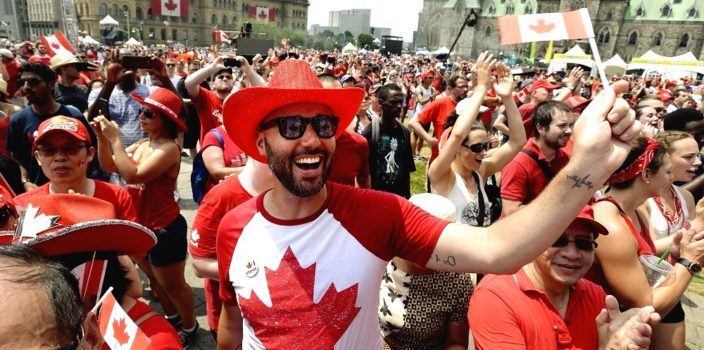Canadians come from many different racial and religious backgrounds. Consequently, it is not easy to define a typical Canadian family. Although the majority of Canadians are Catholic or Protestant, many belong to other religions. Some cultural characteristics, however, are shared by most Canadians.
Body language
It is customary to shake hands when being introduced. It is not usually considered objectionable to lightly touch someone on the shoulder or elbow during a discussion. Most Canadians do not often kiss or hug when greeting friends.
Introductions in Canada
In Canada, people use their given name first and their surname (family name) last. If you meet someone older than you for the first time, you should probably not use the person’s first name. It is safer to use the surname, preceded by a courtesy title such as: Ms., Mrs., Mr., or Dr.
Formal greeting to a stranger: “Hello Mr. Martin. I am very pleased to meet you. My name is Yuri.”
Informal greeting to a friend: “Hi Thomas. How are you?”
At home
Canadians often behave quite casually at home. Some families do not put an emphasis on greetings and salutations, so do not be disappointed if your host family does not show a lot of emotion when you arrive or leave. Many Canadians do not wear shoes or hats inside their homes.
Smoking in Canada

Smoking is becoming increasingly unpopular and is not permitted in most public buildings. Many families do not allow smoking in their homes. If you smoke, please mention it on your application for admission, so that we can match you with hosts who will not mind.
Equality
Canada enjoys a society that is open and relatively free of class distinctions. Most Canadians take pride in the fact that all people deserve the same rights and respect, regardless of their gender, race, religion, or cultural background. People in Canada usually resent comments that seem disrespectful to anyone from a particular background.

